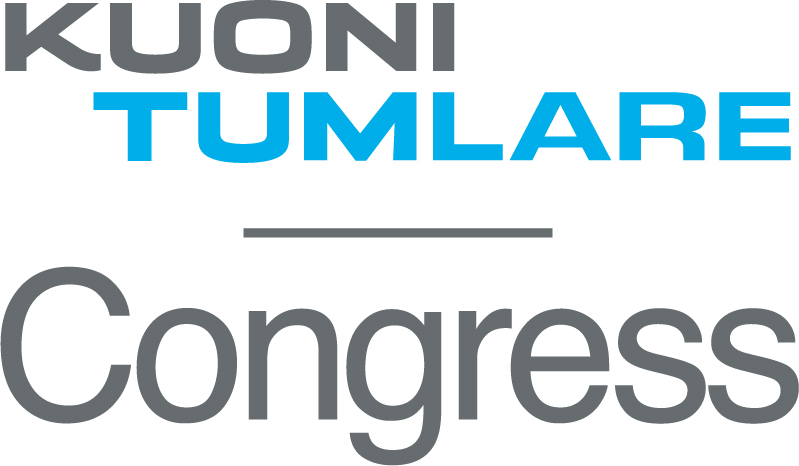Symposium S15
4-5 July 2024
High-Resolution Solar Observations in the Time, Space, and Spectral Domains

Aims and scope
The Sun plays a crucial role in our solar system, impacting not only our daily lives but also Earth's climate and Space Weather.
Understanding the Sun's behaviour is of utmost importance, not only for comprehending our immediate cosmic environment but also for gaining insights into the broader solar-stellar connection. The meeting on 'High-Resolution Solar Observations in the Time, Space, and Spectral Domains' aims to address this need by bringing together experts and researchers in the field to discuss the significance of high-resolution observations in uncovering the complexity of the solar magnetic fields, and how they contribute to our understanding of the intricate link between the Sun and other stars.
Over the years, significant advancements have been made in solar observation technologies, allowing us to capture solar phenomena with unprecedented detail. High-resolution observations in the time, space, and spectral domains have become possible due to innovative instruments and satellite missions. This meeting will serve as a platform to showcase these technological advancements and discuss their implications for solar research, reflecting the involvement of the European community in the European Solar Telescope (EST) and in the Solar Orbiter ESA mission.
Solar dynamics, including sunspots, flares, coronal mass ejections, and solar waves and oscillations, have a direct impact on space weather and can influence Earth's climate over several time scales. High-resolution observations enable us to study these phenomena, helping us unravel the mysteries of the Sun's internal processes, magnetic fields, and energy release mechanisms. This meeting will provide insights into how high-resolution observations contribute to our understanding of solar dynamics.
The Sun's variability offers valuable insights into the broader activities of stars, including those with solar-like cycles. High-resolution observations of the Sun assist us in comprehending the mechanisms behind these occurrences, thereby enriching our understanding of stellar behaviour across various evolutionary stages. Exoplanets orbiting different stars have their potential habitability closely linked to the behaviour of their host stars. High-resolution solar observations contribute to the exploration of the solar-stellar connection by uncovering the conditions necessary for habitable zones around stars, thus supporting the quest for Earth-like exoplanets.
Solar research is a global endeavour, and international collaboration is crucial for advancing our knowledge of the Sun. This meeting will bring together scientists, researchers, and experts from Europe, promoting collaboration and the sharing of data, resources, and research methodologies. It will also serve as a forum for identifying future research priorities and collaborations.
This meeting will advance our understanding of the Sun. By fostering collaboration, showcasing technological advancements, and discussing the implications of high-resolution solar observations, this meeting will contribute to the growth of solar science, offering a broader perspective on our place in the universe and contributing to scientific knowledge across multiple domains.
Programme
The Symposium is divided into three sessions:
- Session I: Advancements in Solar Observation Technology
- Cutting-edge tools for solar observations
- Research priorities, future missions, and collaborations
- EST - future satellite missions
- Session II: Understanding Solar Dynamics
- Advances in detection and measurement of solar magnetic fields
- Understanding the dynamics of flares and coronal mass ejections
- Solar variability: insights into solar spectral variations and solar cycles
- Session III: Solar-stellar connection
- Using the Sun as a reference for studying other stars
- Link between solar behaviour and exoplanet detection and habitability
- Incorporating high-resolution solar data in stellar models
An overarching theme of the Symposium is the interdisciplinary collaboration, to foster cooperation across scientific disciplines.
Invited speakers
- Jaime de la Cruz Rodríguez
- Maarit J. Korpi-Lagg
- Mary Barreto Cabrera
- Daniel Müller
- Quentin Noraz
- Julián Alvarado Gómez
Scientific organisers
- Salvo L. Gugliemino (INAF - Osservatorio Astrofisico di Catania, Chair, Italy)
- Ilaria Ermolli (INAF - Osservatorio Astronomico di Roma, co-Chair, Italy)
- Luis Bellot Rubio (IAA-CSIC, co-Chair, Spain)
- Rolf Schlichenmaier (KIS, Germany)
- Nadčge Meunier (Univ. Grenoble, France)
- Kostas Tziotziou (NOA, Greece)
- Lucia Kleint (Univ. Bern, Switzerland)
- Luc Rouppe van der Voort (Univ. Oslo - ROCS, Norway)
Contact
Salvo Guglielmino: salvatore.guglielmino @ inaf.it
Updated on Mon Feb 26 10:28:32 CET 2024
|

 A power cut will shut down all EAS services on Tuesday, 10 January 2017 starting at 7:30 CET.
A power cut will shut down all EAS services on Tuesday, 10 January 2017 starting at 7:30 CET.

